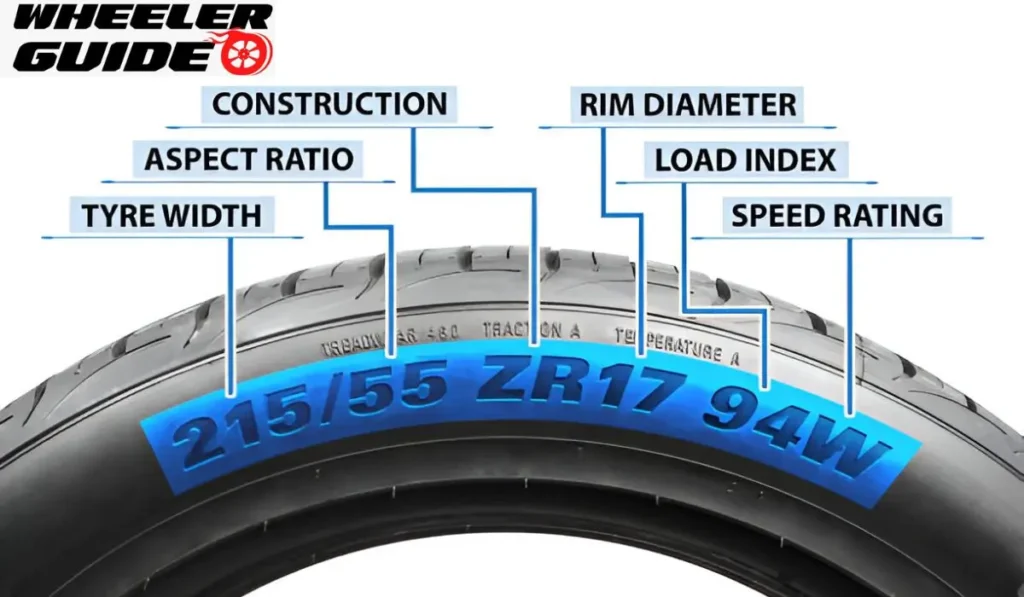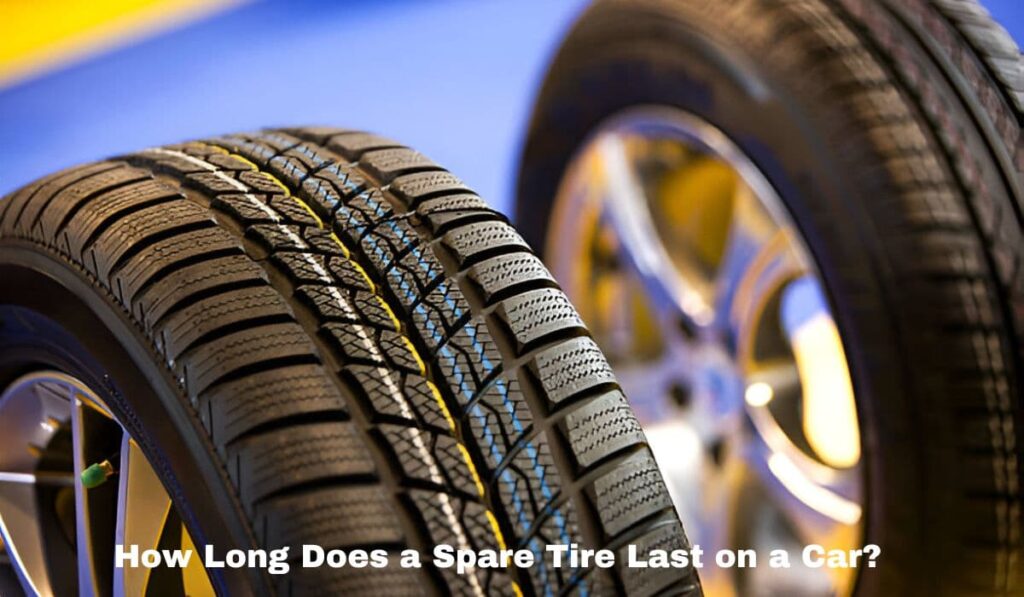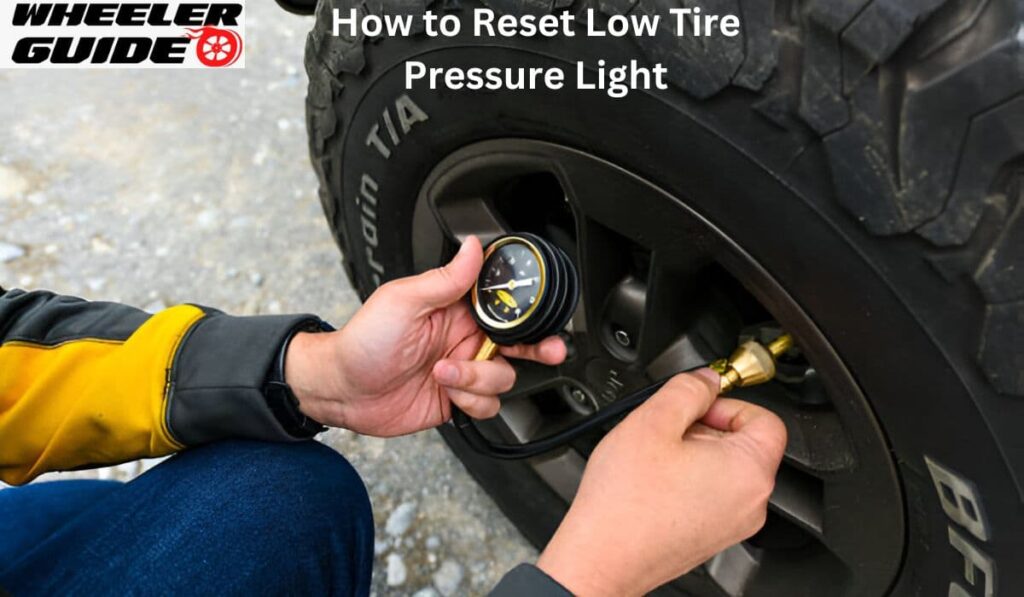Tire speed ratings are important codes on your tires that tell you how fast they can safely go. These ratings, set by tire makers, show the top speed a tire can handle before its performance starts to drop.
The speed rating is usually shown as a letter at the end of the tire size code on the sidewall. For example, in the code “225/40 ZR18”, the “ZR” is the speed rating. Each letter stands for a different maximum speed, from slower speeds like 75 mph up to over 186 mph for high-performance tires.
Understanding Tire Speed Rating Codes
Tire speed ratings tell you the maximum speed a tire can safely handle. These ratings are important for matching tires to your vehicle and driving needs.
Deciphering the Speed Rating Chart
Tire speed ratings use letters to show safe top speeds. The speed rating chart goes from L (75 mph) to Y (186 mph). Common ratings include:
- T: 118 mph
- H: 130 mph
- V: 149 mph
- W: 168 mph
Higher ratings mean better performance. V-rated tires work well for many sports sedans. They offer good cornering and traction at high speeds.
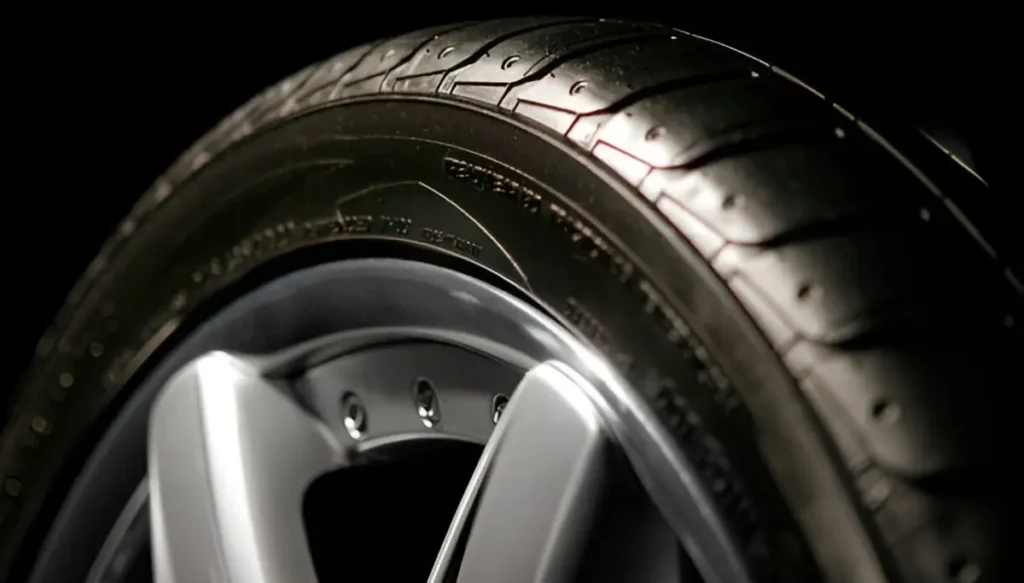
Interpreting Speed Ratings on the Tire Sidewall
The tire sidewall shows key info, including the speed rating. It’s usually the last letter in a code like “225/45R17 94V”. Here’s what that means:
- 225: Tire width in mm
- 45: Aspect ratio (height to width)
- R: Radial construction
- 17: Wheel diameter in inches
- 94: Load index
- V: Speed rating
This system helps drivers pick the right tires for their car and driving style. Using tires with the correct speed rating is key for safety and performance.
Selecting the Right Tire for Your Vehicle
Choosing the right tires is key for safety and performance. The best tires match your vehicle type and how you drive. Your owner’s manual has important tire specs to guide you.
Matching Tires to Vehicle Type and Driving Needs
Sports sedans need different tires than SUVs or trucks. High-performance cars often use tires with higher speed ratings for better handling. Family cars may focus more on comfort and tread life.
Think about where and how you drive. Do you need all-season tires or winter tires for snow? Highway drivers might want tires with longer tread life. City drivers may prefer tires that handle well in tight turns.
Tire performance includes more than just speed. Load rating is crucial too. It tells you how much weight the tire can safely carry. Make sure to pick tires that can handle your vehicle’s weight plus cargo.
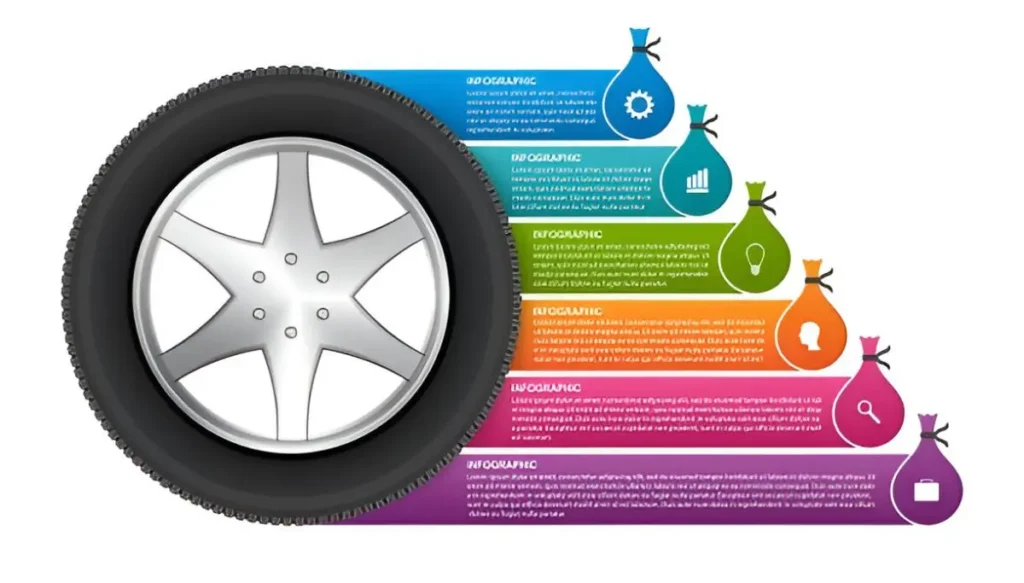
Consulting Your Owner’s Manual for Tire Specifications
Your owner’s manual is a key resource for tire info. It lists the right tire size, load rating, and speed rating for your car.
The manual’s tire speed rating tells you the fastest safe speed for your tires. Don’t pick tires with a lower speed rating than what’s listed. This could be unsafe and might affect your car insurance.
Load ratings in the manual show how much weight your tires should carry. Always choose tires that meet or exceed this rating. This helps prevent tire damage and keeps you safe on the road.
Your manual may also suggest different tire options for various driving conditions. This can help you pick the best tires for your needs and local weather.
Frequently Asked Questions
How do I interpret the speed rating chart for tires?
Tire speed ratings are shown as letters on the sidewall. Each letter corresponds to a maximum speed the tire can safely maintain. For example, “S” means the tire can handle speeds up to 112 mph, while “V” indicates a maximum of 149 mph.
The ratings go from L (75 mph) to Y (186 mph). Some high-performance tires have even higher ratings, like (Y), which means over 186 mph.
What is the difference between H and V speed ratings on tires?
H-rated tires are designed for speeds up to 130 mph. V-rated tires can handle speeds up to 149 mph. V-rated tires are often used on sports cars and high-performance vehicles.
Both ratings are suitable for highway driving. The choice depends on the car’s capabilities and the driver’s needs.
Can you explain what a ‘W’ speed rating signifies for a tire?
A ‘W’ speed rating means the tire can safely operate at speeds up to 168 mph. This rating is common on sports cars and luxury vehicles.
W-rated tires offer excellent handling and stability at high speeds. They’re designed for drivers who may encounter very high-speed situations.
How is the speed rating linked to a tire’s load index?
The speed rating and load index work together to ensure tire safety. The load index indicates how much weight the tire can support.
These two figures are often listed together on the tire sidewall. For example, in “94V”, 94 is the load index and V is the speed rating.
What does a ‘Y’ speed rating indicate in terms of tire performance?
A ‘Y’ speed rating indicates the tire can handle speeds up to 186 mph. These tires are designed for high-performance sports cars and exotic vehicles.
Y-rated tires offer superior handling, cornering, and stability at very high speeds. They’re built to withstand the extreme forces generated during high-speed driving.
How do I determine the most suitable speed rating for my vehicle’s tires?
To find the right speed rating, check the vehicle’s owner’s manual or the placard on the driver’s side door jamb. These sources list the recommended tire specifications.
It’s important to match or exceed the original speed rating. Using tires with a lower rating can affect handling and may void insurance coverage.
Consider your driving habits and local speed limits. Most drivers don’t need ultra-high-speed rated tires for everyday use.
